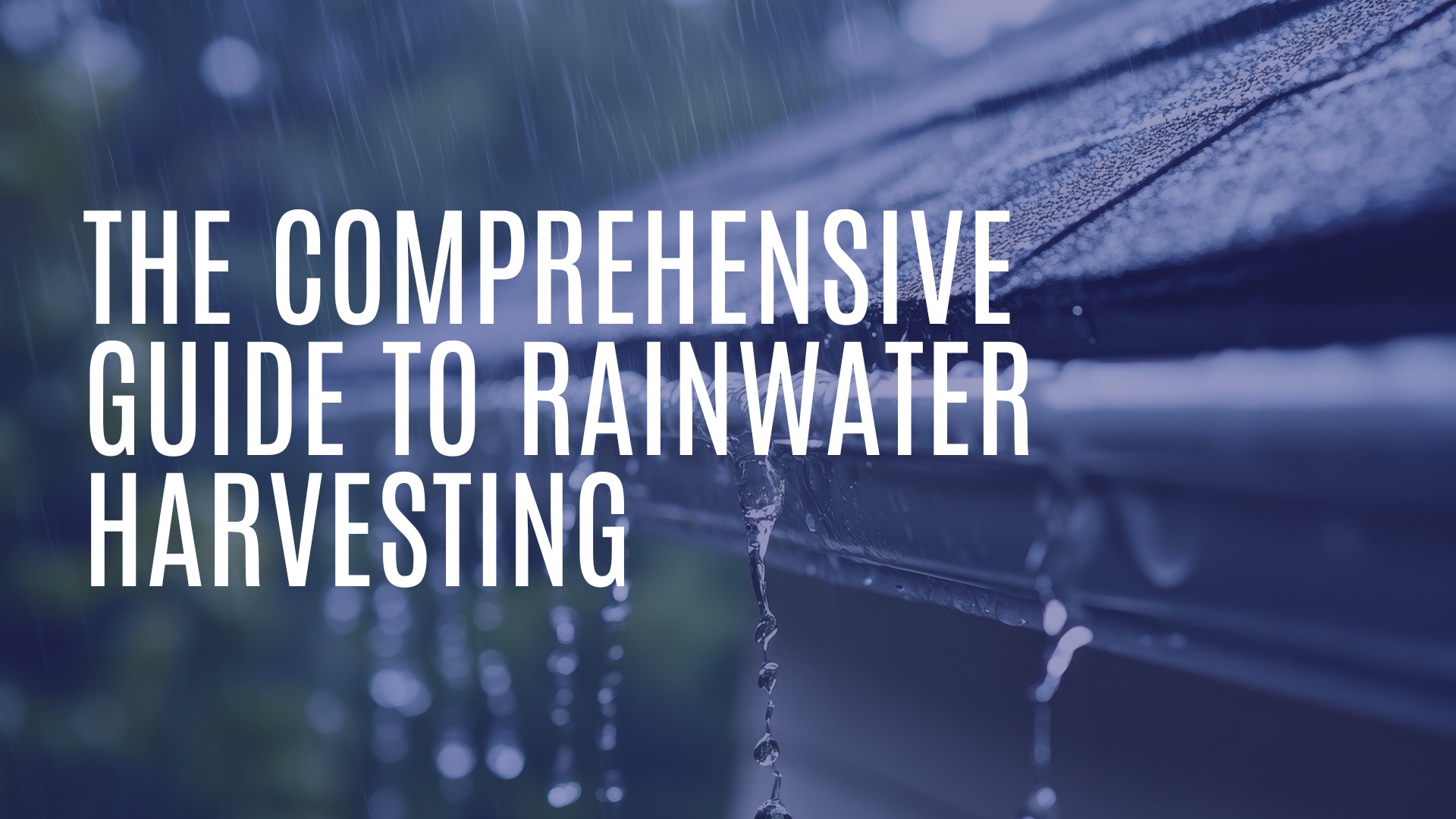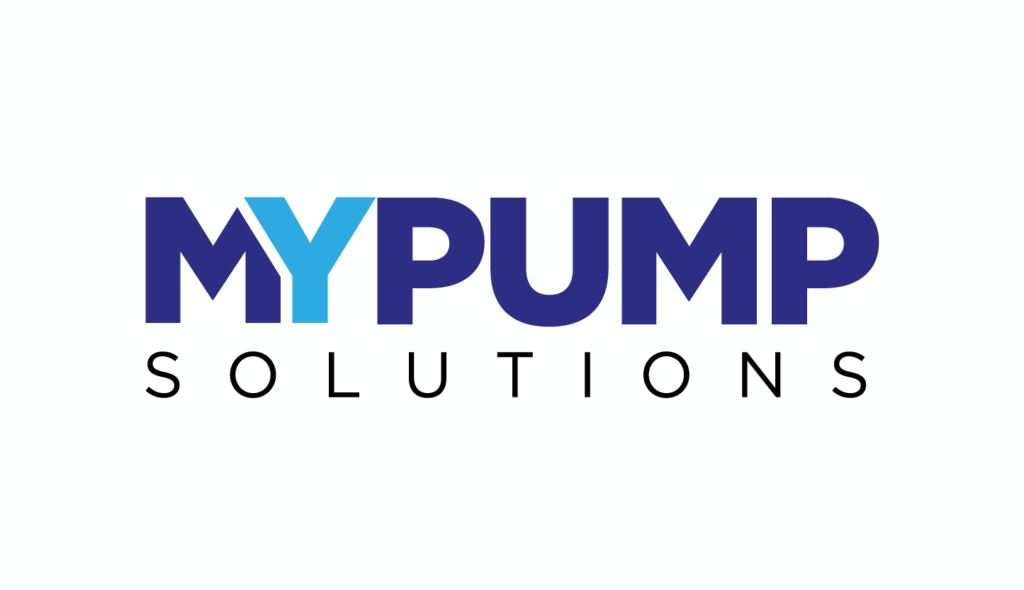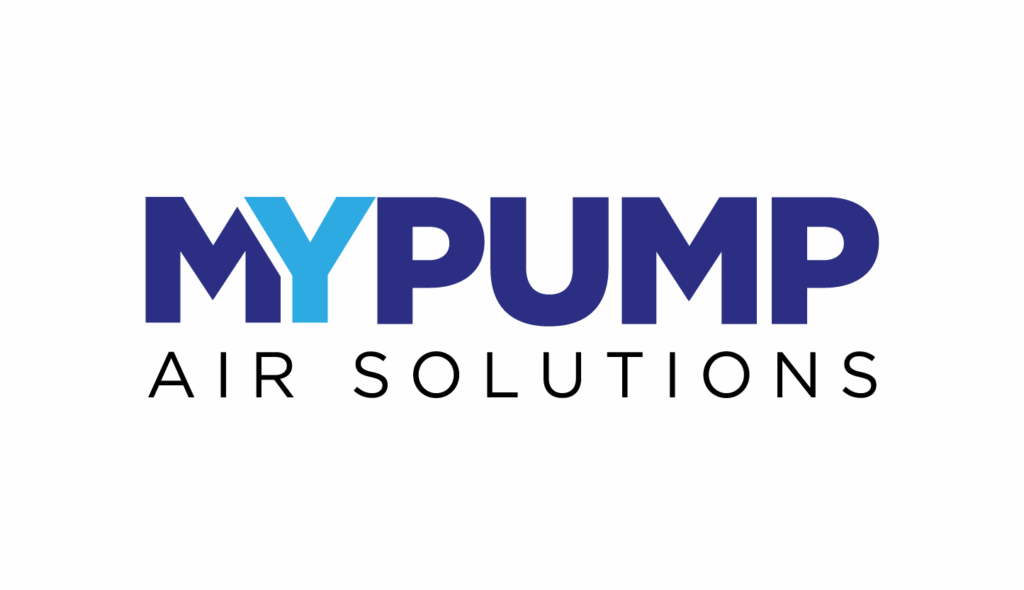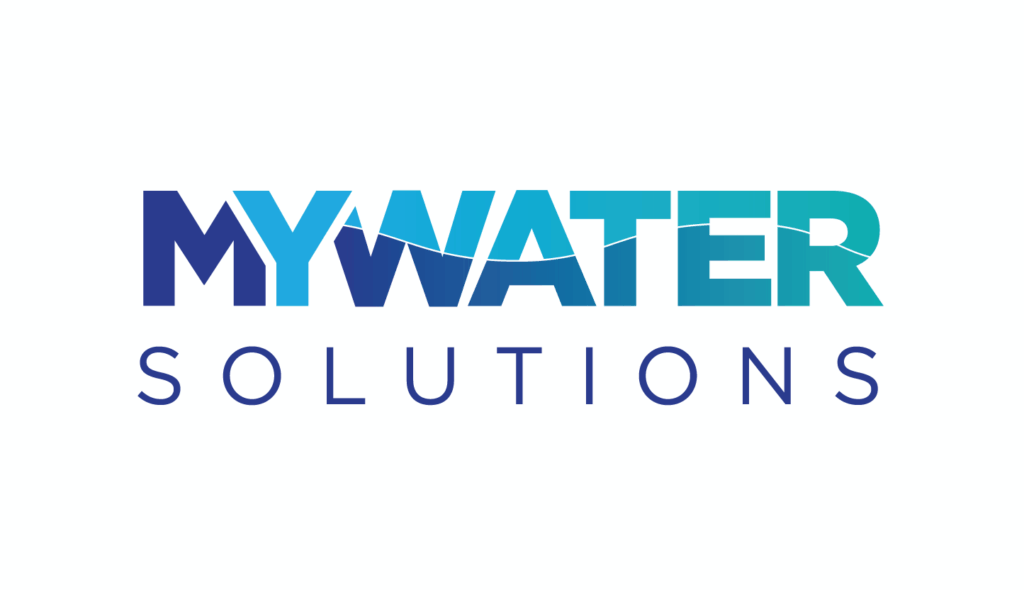Rainwater Harvesting: A Sustainable Solution for Every Scale
Rainwater harvesting is an age-old practice that has found fresh relevance in today’s push for sustainability. It involves capturing and storing rainwater from roofs and other surfaces for later use, rather than letting it drain away. From watering gardens and flushing toilets to, with proper treatment, providing safe drinking water, this technique offers a versatile, eco-friendly approach to water management. Whether applied in homes, commercial buildings, or large-scale industrial operations, rainwater harvesting delivers significant benefits for water conservation, environmental protection, and long-term cost savings.
Why Rainwater Harvesting Matters
1. Water Conservation
Capturing rainwater reduces reliance on municipal water supplies, easing pressure on overstretched systems—especially during droughts or in water-stressed regions. It’s a simple way to preserve potable water for essential uses while using harvested water for tasks like irrigation, cleaning, or toilet flushing.
2. Environmental Benefits
Rainwater harvesting helps limit stormwater runoff, which can carry pollutants into rivers and sewers, cause erosion, and lead to urban flooding. By collecting rainwater, we reduce these harmful effects and lessen the load on local drainage systems.
3. Cost Savings
While setting up a system requires an initial investment, harvested rainwater is free. Over time, this translates into lower water bills—especially for households and businesses that use large volumes of non-potable water.
4. Drought Resilience
Storing water during wetter periods offers a dependable backup during dry spells. For businesses and homeowners alike, this improves water security and reduces the impact of restrictions during droughts.
5. Groundwater Recharge
Some systems can direct excess rainwater back into the ground, helping to replenish aquifers and support natural hydrological cycles—an important step in long-term water sustainability.
Getting Started: Residential to Industrial Solutions
Residential Systems typically include roof catchment areas, gutters, storage tanks, and basic filters. These setups can be as simple as a rain barrel for garden use or more advanced systems for household greywater use.
Industrial-Grade Systems are designed to handle larger volumes of water and include robust tanks connected directly to roof drainage systems. With appropriate filtration and treatment, the collected water can be used for cooling, washing, landscaping, and more—helping businesses reduce operating costs and environmental impact.
The Bigger Picture
Rainwater harvesting is more than just a water-saving measure—it’s a proactive step toward a more sustainable and resilient future. By implementing harvesting systems, both individuals and organisations can cut costs, ease demand on public water infrastructure, and play a role in protecting our natural resources.




